Say the word ‘museum’, and a very particular type of institution comes to mind: the iconic rotunda of the National Museum or the glass-and-stone grandeur of the National Gallery. High-ceilinged, ivory-pillared repositories of humanity’s cultural heritage, from whose august halls one emerges, smug and enlightened, having spent the last 90 minutes contemplating paintings of statesmen or fragments of pots.
Now consider: can one feel similarly enriched by looking at fans, artwork of cats, or hats?
Niche museums, like the name suggests, are exclusively devoted to a single kind of object. There’s the Salt and Pepper Shaker Museum in Tennessee, the Eyeglasses Museum in Shanghai, the Lawnmower Museum in England, and my personal favourite, the Spam Museum in Minnesota. If museums, amongst other things, tell the history of the world in objects, then niche museums focus specifically on footnote 28 to Chapter 5, buried deep in the appendix.
For International Museum Day—which falls on 18th May (today), and which I’d never heard of until assigned to write about it—I decided to check out three local niche museums: the Vintage Camera Museum, the Mint Museum of Toys, and the Music Box Museum. In other words, I set off to get cultured by looking at completely random, delightfully obscure items of debatable historical value.

The museum’s collection holds about 1,000 cameras from around the world, some dating back to the early 1900s. All were personally amassed by the museum’s owner, an Indian collector and longtime camera enthusiast, over a period of 20 years.
On first sight, the collection is both imposing and unsettling. Being confronted with floor-to-ceiling shelves of cameras is like having 300 pairs of eyes staring at you; the underground room isn’t large either, which perhaps heightens the effect. (Trypophobes, this might not be for you.)

I don’t know what else to think, or what to do with my new knowledge.
To be fair, I do learn several interesting facts. For example: equipping pigeons with spy cameras is not the most effective method of reconnaissance, because you will end up with photos of trees and lakes rather than enemy troops. Japanese military pilots in World War II would first practise with machine-gun cameras attached to their planes, before being upgraded to actual machine guns based on the accuracy of their ‘shots’.
After a while, however, the manufacturers’ names begin to pass in a blur: Kodak, Leica, Pentax, Minolta. I hate myself for thinking it, but I begin to feel like: you’ve seen one twin-lens-reflex camera, you’ve seen them all.

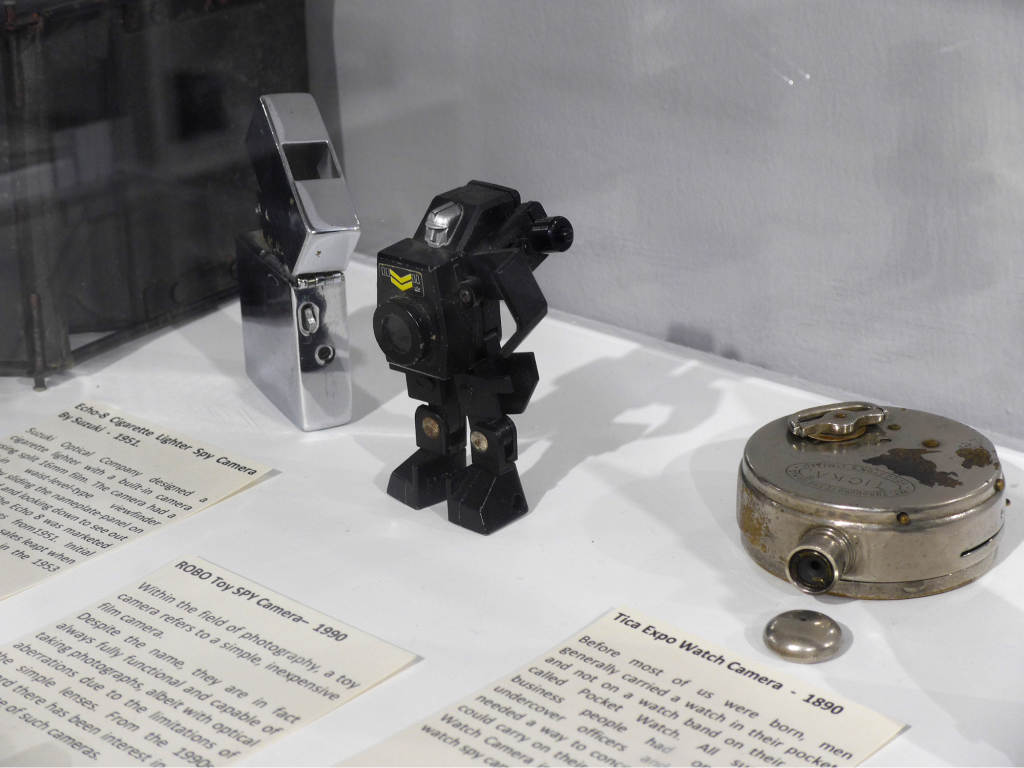
In the end, I leave with a grand total of two takeaways: one, random trivia about military photography, and two, that I am apparently useless with anything that is not my smartphone.

Speaking personally, I’ve always thought of museums, and the act of visiting them, as fundamentally ambitious in nature. Both are projects of self-betterment: connecting us to our histories, excavating our memories, interrogating how we came to occupy our places in the world; delineating the limits of our knowledge.
But as I ride the elevator to the tinny strains of It’s A Small World, I find myself wondering: can I really do this by looking at a vintage Astroboy figurine?

Niche museums, in fact, raise interesting questions about the boundaries between what we deem ‘high’ and ‘low’ or popular culture. History varies depending on whose perspective you’re telling it from, and museums, as the traditional domain of the wealthy and powerful, have generally represented the interests of those groups. By putting items from under-studied or marginalised groups on display, museums encourage us to ask: what does our material culture tell us about the workings of power? Why do we value certain things more than others?
Take toys, for example. In theory, toys can tell us a lot about society, even if they’re not traditionally revered like paintings or sculptures. Things like the time and place of manufacture, quality of paintwork, or intended audience can reveal a lot about the economic and cultural conditions under which something was made.
Thing is, I’m not thinking about any of this as I wander the museum’s five floors, spanning some 8,000 toys from the 1840s to the 1970s. The displays don’t say much about the toys’ provenance, apart from the place of manufacture and estimated value, so I have to fill in the blanks myself, trying to imagine what child might have played with them, or which garage these boxes lay in, untouched, until their owners realised they were sitting on US$3,500 worth of vintage dolls.
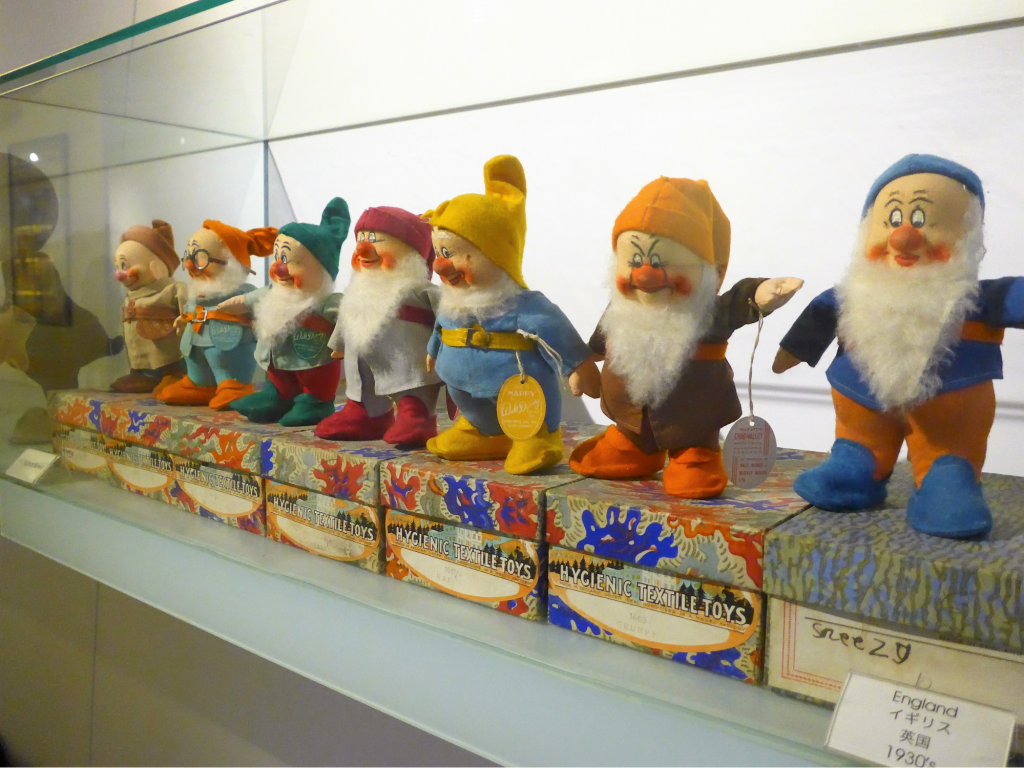
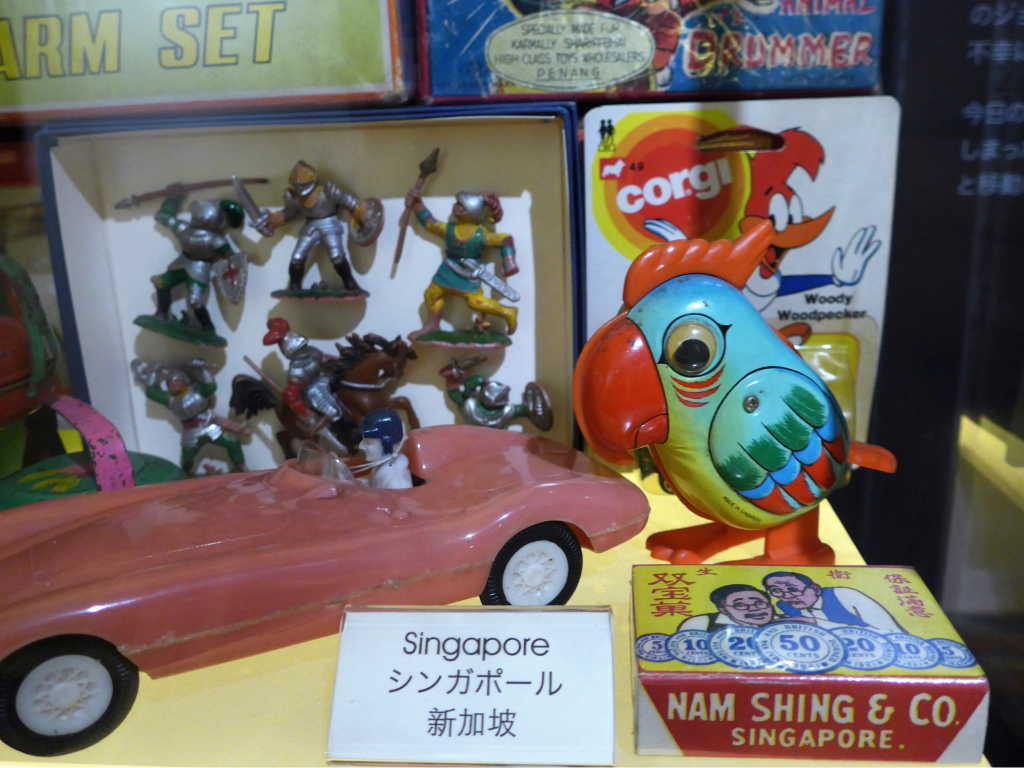
I end up passing the time by looking for the strangest/creepiest toy I can find, for which there is a surprising number of competitors, including clown figurines, vacant-eyed chef dolls, a Beatles wig, and the infamously racist Golliwog dolls. I learn that the earliest iterations of Mickey Mouse had teeth. (Ever thought about this? No? Well, congratulations. Now you have, and you will never be able to unsee it.)
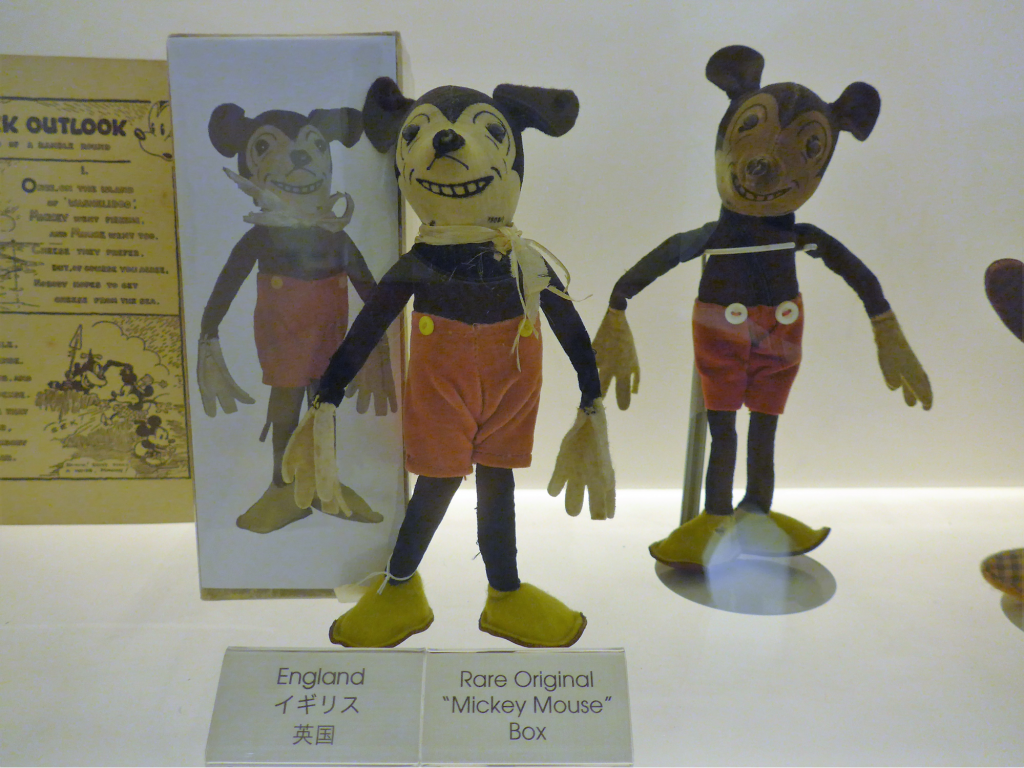
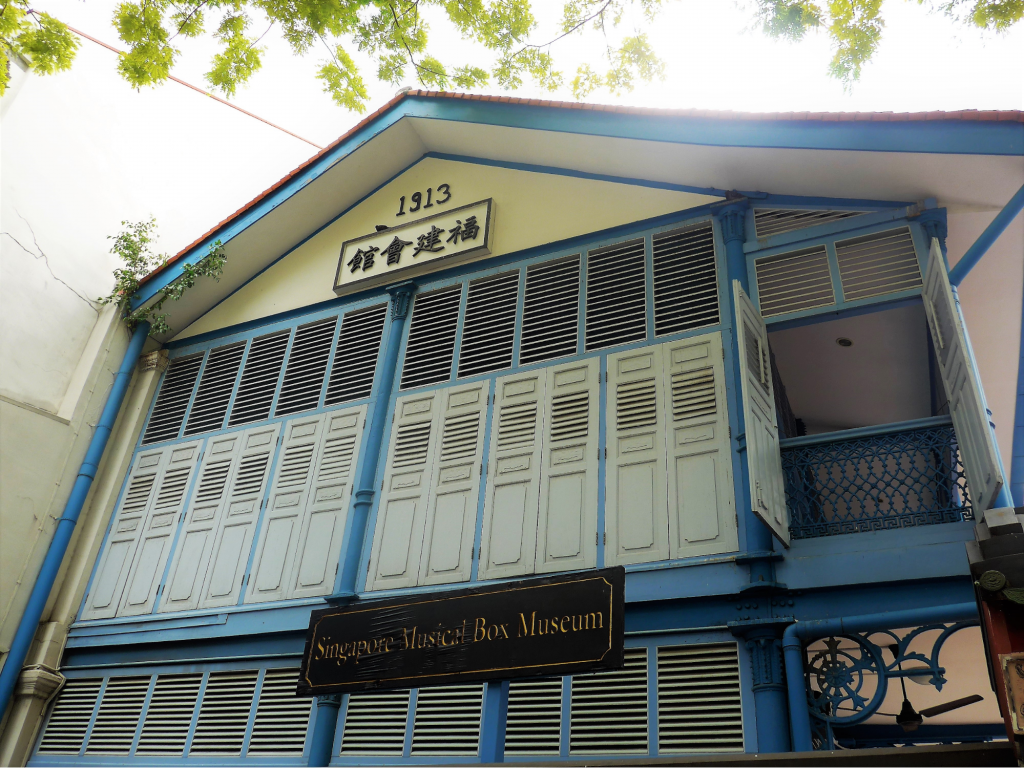
When I arrive, the entrance to the collection is shut—a tour is still going on—but the sound of nostalgia filters through the doors, to the tinkling notes of Ave Maria. Between the music, chintz chairs, and dark wood furniture of the waiting room, I feel like I’ve stepped into a doll’s house.
Because it’s a weekday afternoon and no one else shows up, I end up getting a private tour from Joyce, the docent on duty. She explains that the music boxes are mostly from the private collection of the museum’s owner, a Japanese businessman, who fell in love with them as a young man and has spent years trawling antique markets and garage sales for new pieces ever since.
I’d always thought of music boxes as elaborately painted ornaments, no bigger than a large paperweight. Instead, I find myself staring at boxes of all shapes and sizes, from smaller ones about the size of a vintage typewriter to eight-foot-tall structures which remind me of grandfather clocks.

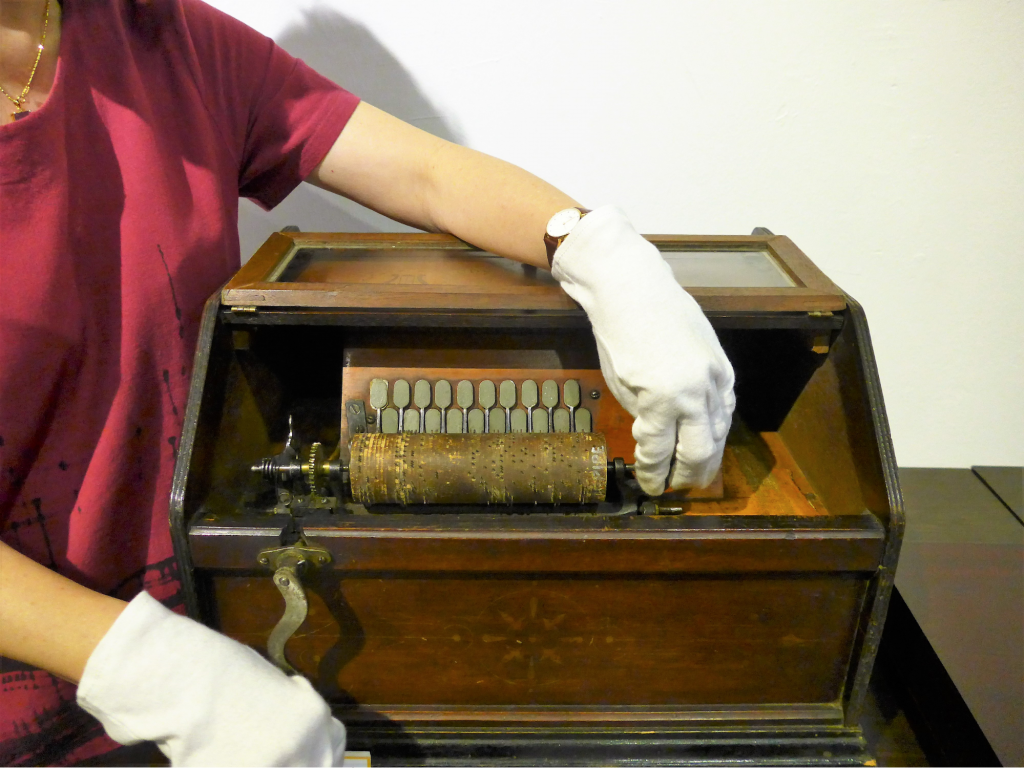
But, against my expectations, I genuinely enjoy myself. And this, I suspect, is because somewhere along the way, between marvelling at the miniature drum embedded in a Swiss-made box from the 1890s and laughing at the cigarette holder hidden in another piece, I stopped trying to learn anything.
I gave up worrying about retaining information, like whether I’d remember the dynamics of Swiss vs. German craftsmanship, or how music boxes were used as markers of affluence and social status. Removing the pressure of trying to make my visit an ‘educational’ experience brought the magic back—which, in turn, brought meaning with it, which made me learn something after all, with the funny circular logic of serendipity.
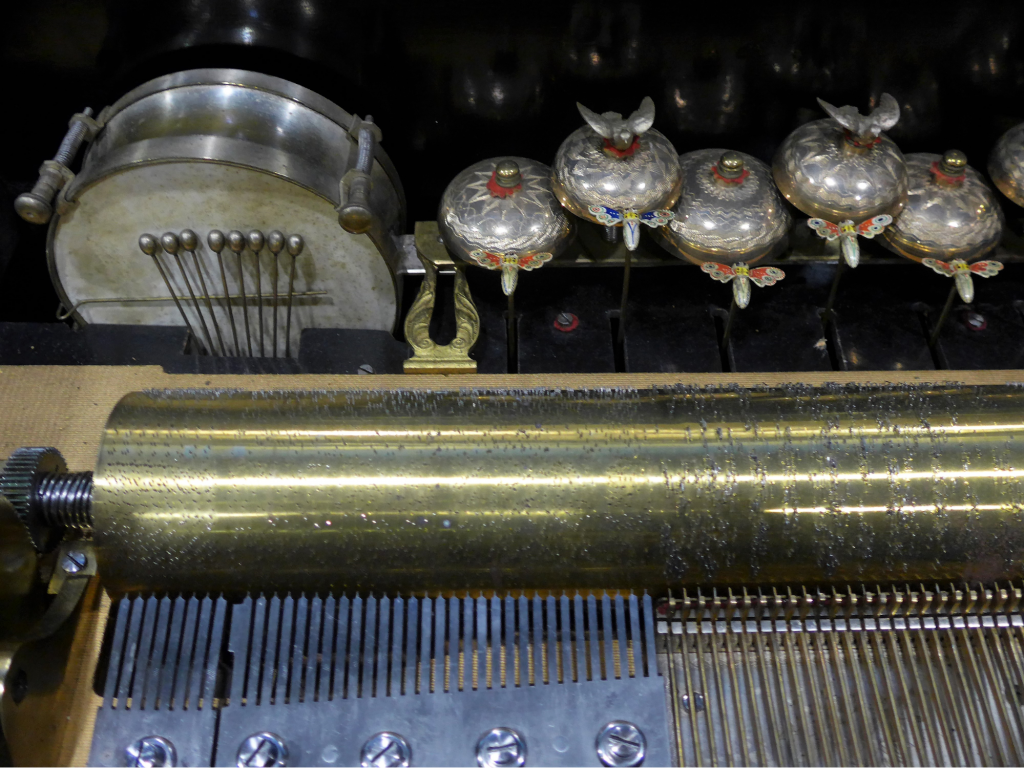
But we shouldn’t forget about the other role of a museum: to provide enjoyment.
Is it such a bad thing to love looking at Ultraman toys or antique lamps or, hell, mustard pots, simply for the quirk factor and sheer ridiculous pleasure of it?
This isn’t to say that vintage toys and music boxes have nothing to teach us—far from it. Everything has its place in the tapestry of our cultural heritage, however small; extrapolated far enough, even a robot-shaped toy camera will have something to tell us about kids in 1990s Asia, the same way the Flood Tablets of Nineveh document the origin story of the tale of Noah’s Ark.
But if the weirdness of said robot toy camera is what draws you to it, rather than its anthropological value, there’s no shame in that. And if the robot toy camera holds more appeal for you than the Nineveh tablets, there’s no shame in that either. I can’t honestly tell you that I’ve been enriched by looking at antique music boxes for an hour—I don’t know what I’ll do with the information I learned, beyond adding it to my party-small-talk folder—but I was a happier person at the end of that hour, and perhaps that’s enough.
So here’s to loving slightly pretentious, apparently useless, unapologetically obscure artefacts of questionable overall value. And if anyone is thinking of setting up a museum devoted to cheese, earrings, or bookstore tote bags, please let me know.







